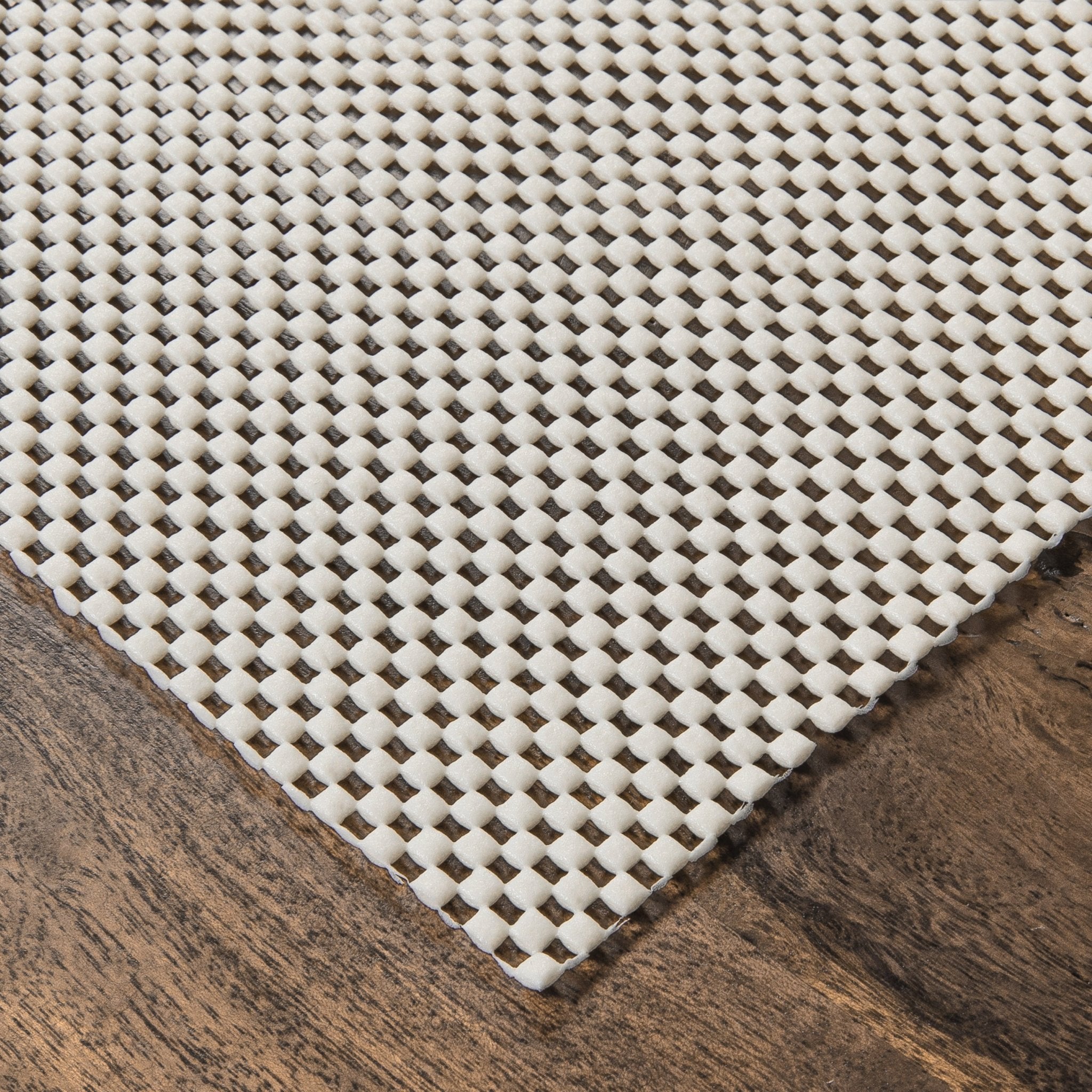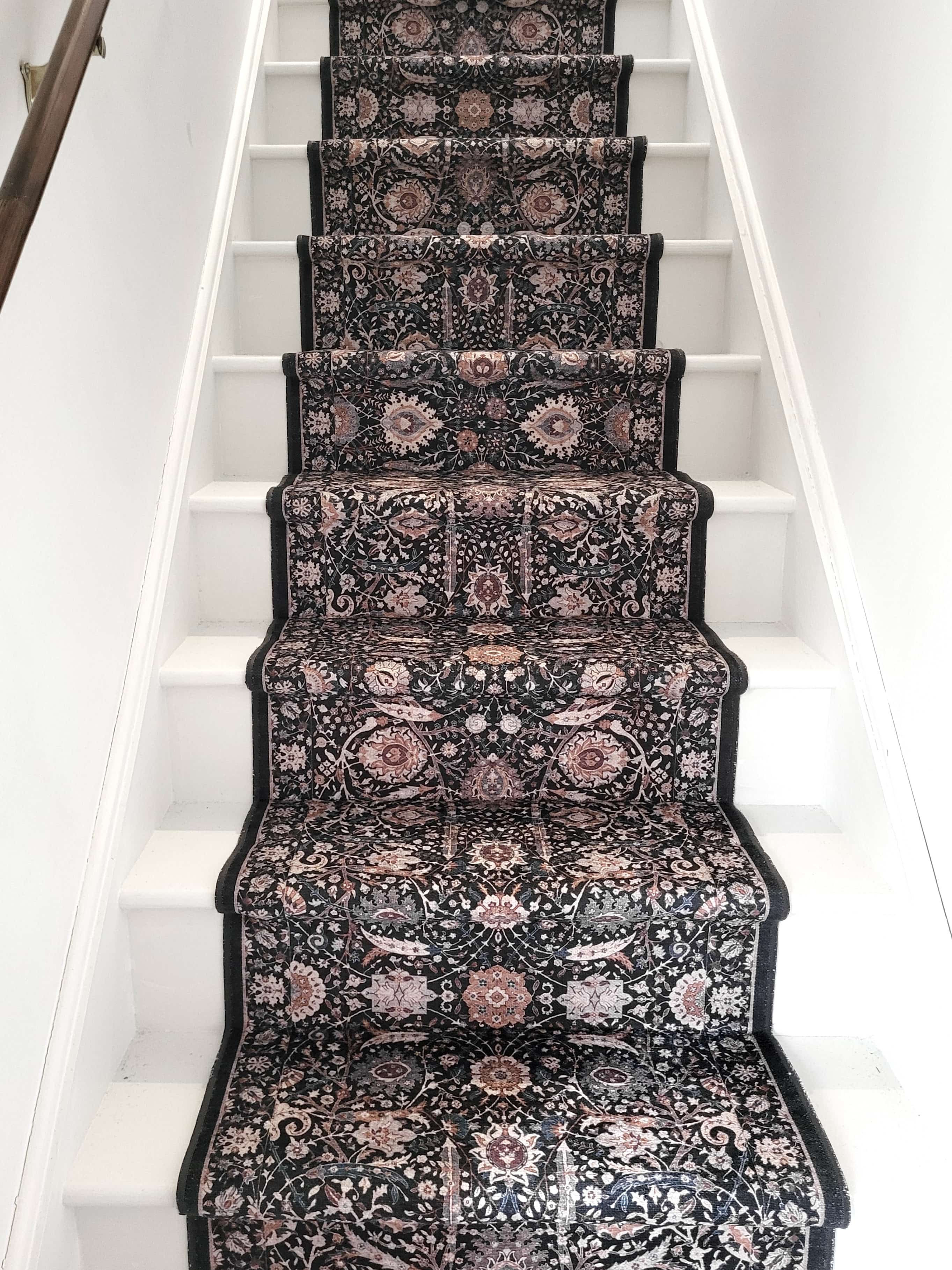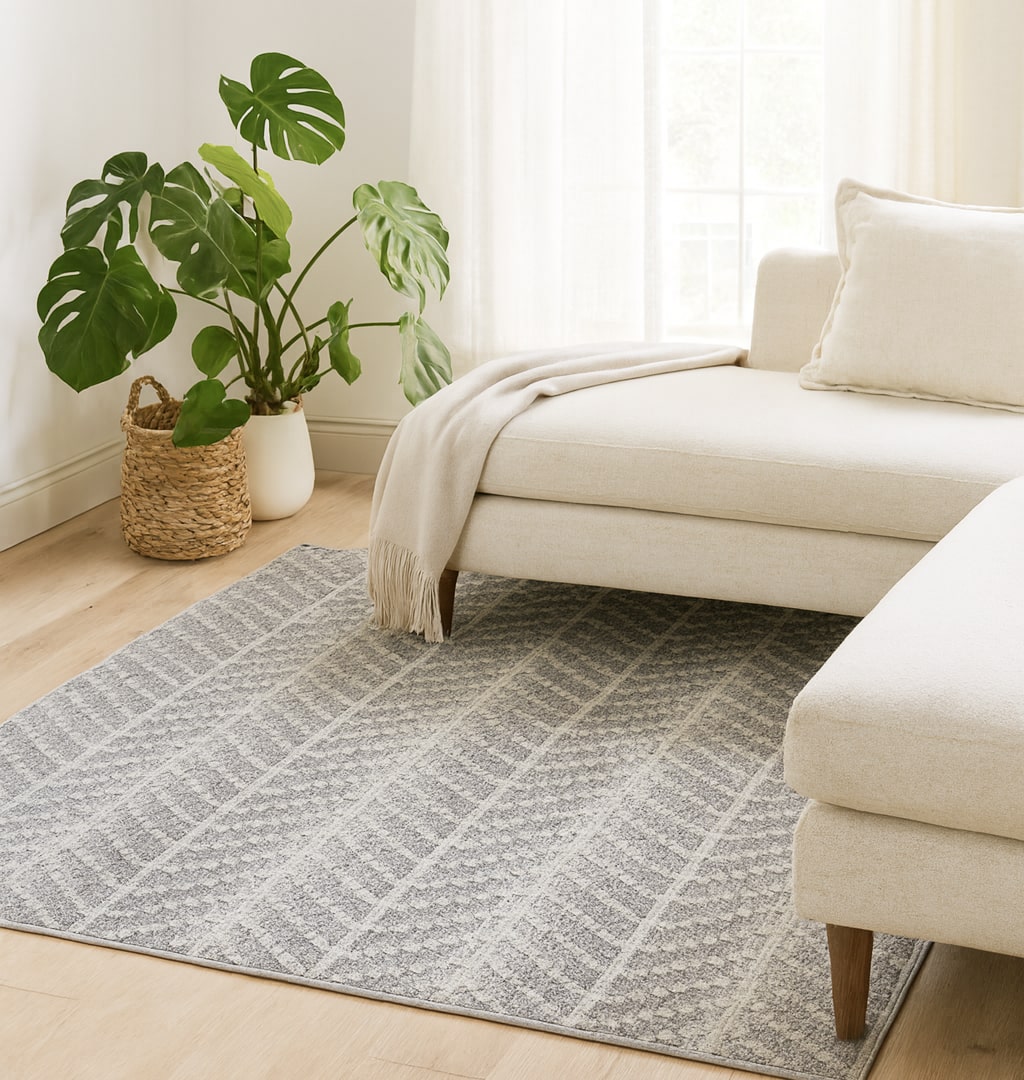Hello, rug lovers! If you’ve ever ordered (or are about to order) a custom-made runner, you might be wondering whether you should pair it with a rug pad. As someone who’s helped many friends (and new customers) figure out everything from measurements to installation, I can assure you: a rug pad can be your secret weapon to making your space feel comfy, cozy, and oh-so-pleasant underfoot.
In this post, I’ll walk you through why a rug pad matters, how to measure for one, and a few tips we’ve picked up from real conversations with our customers—just like my good friend Harry, who asked me a bunch of great questions before installing his custom runner. Let’s dive in!
Why a Rug Pad Is a Must
-
Extra Cushion & Comfort:
You know that “ahh” feeling when you step onto something soft? A rug pad adds that plush layer beneath your runner, creating a more comfortable experience every single time you walk down the hall or up the stairs.
-
Floor Protection:
Floors can be finicky. Whether you have hardwood, laminate, or tile, the underside of a rug can potentially cause scratches or discoloration over time. A quality rug pad helps avoid these mishaps by acting as a protective barrier.
-
Rug Longevity:
Investing in a custom-made runner? You’ll want it to last for years. A rug pad reduces friction and foot traffic stress, meaning your rug fibers stay fresher, longer.
-
Non-Slip Safety:
Runner sliding around? Not fun—and definitely not safe. A rug pad with a non-slip surface keeps everything snug, so you don’t have to worry about slipping on the stairs or hallway.
-
Rug Happy Vibes:
When your runner stays in place, remains clean, and feels extra soft, you’ll get that breezy, worry-free vibe we like to call “Rug Happy.” It’s all about enjoying your space without stressing over every little mess or movement.
Measuring & Installation Basics
Measuring for a rug pad is easier than you think. First, measure your runner length and width. A rug pad should ideally be trimmed or sized one inch narrower on each side so it stays hidden underneath.
• Hallway Runner Example: For a 2’7” wide runner, try a 2’6” wide pad. If your runner is, say, 30 feet long, you can either get a single piece (custom-cut) or multiple pieces you trim and join.
• Stair Runner Example: If you’re covering just the horizontal tread (no risers), measure the depth of each step, multiply by the number of steps, then add a little extra for trimming. You can cut the pad into pieces for each step or run one continuous piece—just depends on your preference and comfort level with installation.
Installation Tip: Many people find it easier to place separate sections of pad for each step rather than wrestling one long piece on a staircase. If you’re handy with scissors or a utility knife, trimming is no sweat.
FAQ
1. Do I really need a rug pad, or can I just place my custom runner directly on the floor?
A rug pad isn’t mandatory, but it’s highly recommended. It keeps your runner in place, preserves its quality, and protects your floors. Think of it as the perfect sidekick to your brand-new rug.
2. How do I measure accurately for a runner pad?
• For a hallway or long corridor: measure your runner length and width, then size the pad 1” less on all sides.
• For stairs: measure tread depth (and risers if you want full coverage). Multiply by the number of steps, and add extra for trimming.
3. Can I cut the rug pad myself, or should I order a custom size?
Both options work! If you’re handy with scissors, you can cut the pad at home. If you’d rather skip the DIY, we can provide a custom-cut piece sized perfectly to your runner.
4. Does a rug pad affect the overall look of my runner?
Not at all! When trimmed correctly, the pad hides beneath the rug and won’t peek out from the sides. Your runner will look sleek, and you’ll feel the difference underfoot.
5. Can I use a single continuous piece for my stairs?
Yes, you can—but be aware that if the pad is continuous, it may be trickier to install. Many people prefer cutting individual pieces for each step to avoid bunching.
6. Will a non-slip rug pad damage my floors?
Quality felt or rubber-backed pads are generally safe for all common flooring types. They’re designed to be floor-friendly and avoid the yellowing or sticking associated with cheaper, plastic-like materials.





Share:
Introducing New Rugs by Artist Misha Tyutyunik
How to Order a Custom Runner Rug from Well Woven (Step-by-Step Guide)